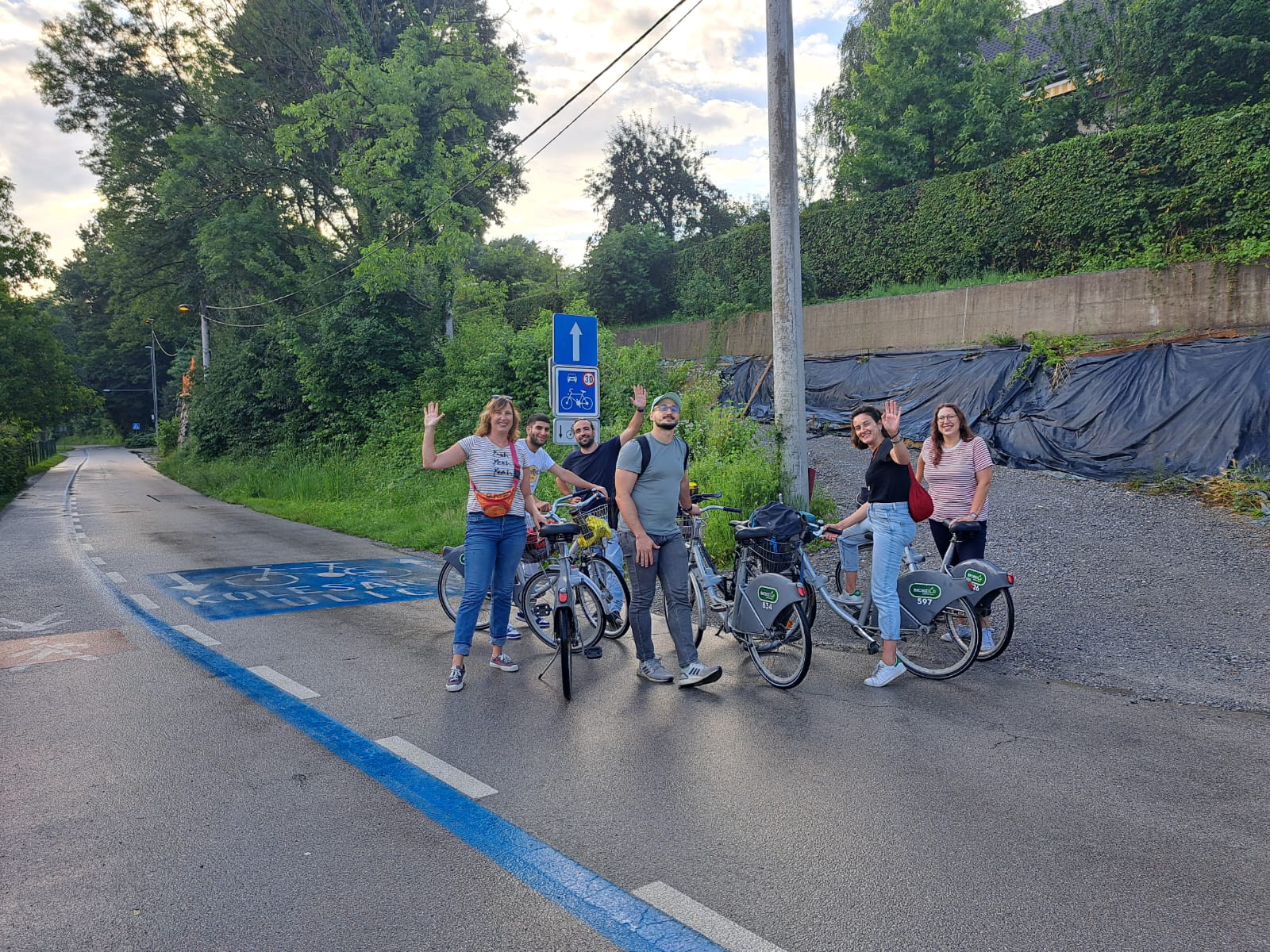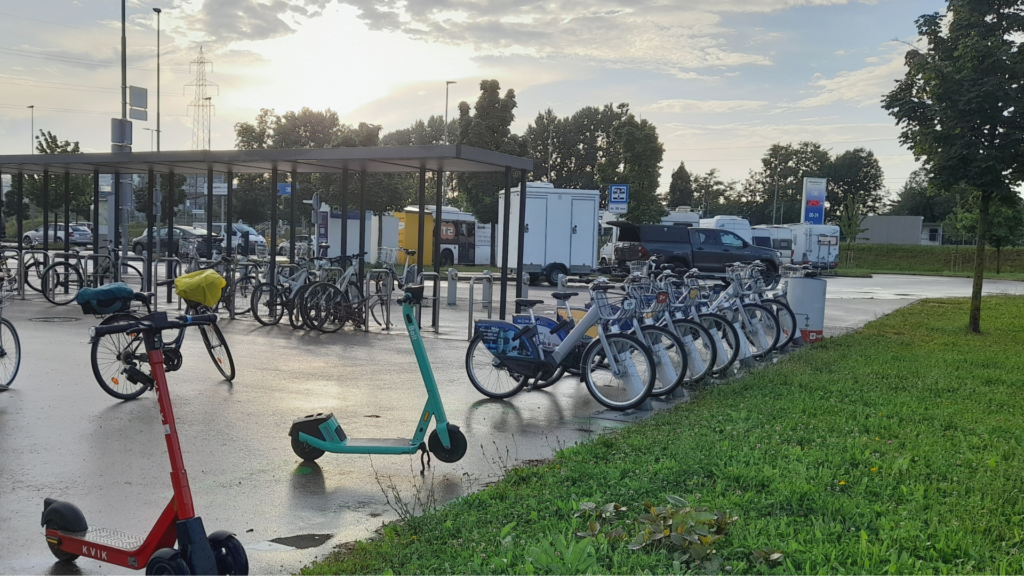
Micromobility? What’s that?
Micromobility encompasses most small one-person vehicles that operate at low speeds and are not gas-powered, from active modes like walking and cycling to skateboards, electric bicycles, kick scooters, wheelchairs, and mobility scooters.
When we talk about micromobility we should consider that it is:
- Powered by humans or electricity
Micromobility can be electric and human-powered. Micromobility includes walking and cycling (human-powered), as well as electric bicycles, cargo bikes, wheelchairs, kick scooters and more. Such small vehicles are considered micromobility when they have operating speeds below 25 km/h.
- For passenger and goods transport
Micromobility can be for passenger and goods transport. While we generally think of micromobility as transport for a single passenger, it also includes cargo bikes and other (electric) cargo solutions, to transport goods for deliveries, or to be used by families to carry their children.
- Privately owned or shared publicly
Micromobility can be private or public/rented vehicles. Certain micromobility modes are well established, such as walking and cycling, but the micromobility concept really picked up with the spread of public bicycle sharing systems in the 2010s and more recently with the emergence of shared electric kick scooters in cities around the world, which enabled short-term, one-way, shared use of these transport modes
- Connecting with public transport
Micromobility is suitable for short urban trips and provides connections with (public) transport. Micromobility is key to providing intermodality (using multiple modes to complete a trip): to connect from home to the nearest bus or train station, ferry landing site or Park & Ride, and to complete your trip to your final destination: school, work, shop, etc.
Electric cars and e-motorcycles are not considered micromobility options. Micromobility emphasizes the use of smaller, lighter vehicles that can easily manoeuvre through crowded areas and offer a more sustainable mode of transport for urban dwellers.
Micromobility is the answer to congested streets and pollution, offering compact, eco-friendly modes of transport for short-distance trips.
It gained popularity especially in the wake of global bike-sharing systems in the 2010s and more recently with the spread of electric kick scooters in cities around the world. Micromobility was acknowledged as the safest mode of transport and commuting during the COVID19 pandemic. Pop up bike lanes have transformed into permanent ones in some cities in Europe as part of the wave of transition to green recovery.
In essence, micromobility advocates for a shift towards cool, fast and green urban transport solutions.






Leave Comment